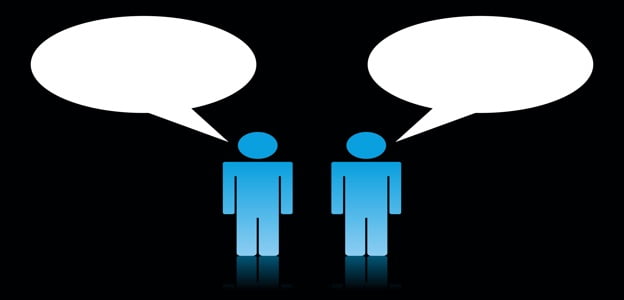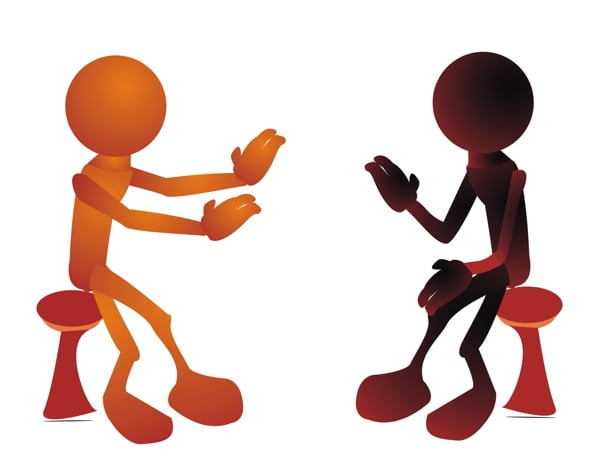SingaporeMotherhood | Baby & Toddler
July 2011
Understand your Baby’s Language Development

From the time your baby is born, she is communicating with you. Every cry, every coo, every gurgle, every bit of babble, and every gesture is a form of conversation from baby to you. And as you smile, sing, and chatter in baby language to your darling, you are helping her to develop her language and communication skills. But your baby’s response to you is just as important.
“It promotes reciprocity in human language using commonly understood sounds and encourages verbalisation gradually when adults respond to these early language cues,” says Dr Chong Shang Chee, Head and Consultant of the Child Development Unit at the National University Hospital.
As a parent, you can help your baby’s language development by creating appropriate social and interactive environments for language learning, as early as babyhood. You should also speak and model good language yourself.
Reading to your baby also helps. Simply reading to your child does not mean that she will be an early reader; neither does it mean that she will be a “faster reader”. But reading is still important, as an interest in books from young exposes the child to language in written forms that carries on to support language acquisition in school age, Dr Chong explains.
Growing up in Singapore presents a unique situation for language learning. Our bilingual education system ensures that children in school eventually master at least two languages. Invariably, there are some children who can only master one, and some who struggle to master either. Between 30 and 35 per cent of children who go to the National University Hospital’s Child Development Unit because of developmental difficulties have speech delay or developmental language issues.
What should my child be able to do?*
| Hearing and Understanding | Talking |
| Birth to 3 months • Startles to loud sounds • Quiets or smiles when spoken to • Seems to recognise your voice and quiets if crying • Increases or decreases sucking behaviour in response to sound | Birth to 3 months • Makes pleasure sounds (cooing, gooing) • Cries differently for different needs • Smiles when she sees you |
| 4 to 6 months • Moves eyes in direction of sounds • Responds to changes in the tone of your voice • Notices toys that make sounds • Pays attention to music | 4 to 6 months • Babbling sounds are more speech-like with many different sounds, including p, b and m • Chuckles and laughs • Vocalises excitement and displeasure • Makes gurgling sounds when left alone and when playing with you |
| 7 months to 1 year • Enjoys games like peek-a-boo and pat-a-cake • Turns and looks in the direction of sounds • Listens when spoken to • Recognises words for common items like “cup”, “shoe”, “book”, or “juice” • Begins to respond to requests (e.g. “Come here” or “Want more?”) | 7 months to 1 year • Babbling has both long and short groups of sounds such as “tata upup bibibibi” • Uses speech or non-crying sounds to get and keep attention • Uses gestures to communicate (waving, holding arms to be picked up) • Imitates different speech sounds • Has one or two words (hi, dog,dada, mama) around her first birthday, although sounds may not be clear |
*From the American Speech-Language-Hearing Assocation
What are the common problems in baby language development?
The two problems in language development are speech and language disorders.
(i) Speech disorders
These usually affect production of sounds and speech and include articulation disorders (slurred, unclear speech due to oral-motor weaknesses), phonological disorders (mispronunciation), stuttering (not fluent), and childhood apraxia of speech (planning how and what to say).
(ii) Language disorders
These affect the understanding and expression of language, thinking in language, use of language in social and learning contexts, and also literacy. Children with language disorders usually have speech delay when young.
For school-going children, these problems appear in various forms. They are:
- not understanding their teachers’ instructions
- unable to articulate their needs and speak fluently
- take a longer time to acquire reading and writing skills
Some children are perceived to be “inattentive”. This is actually because they do not understand what is going on.
What are these problems caused by?
For language:
There may be a genetic basis for language delays, but this is not the main cause. Language development is a complex process that also involves the social environment for language learning. For example, children learn language best by listening and using the language with caregivers, not by watching someone speak to them through a television programme or audio tapes. Thinking in language and reading and writing in language are tied to cognitive development, so any factor that affects cognitive development may cause language delay as well.
For speech disorders:
Occasionally, there may be neurological causes that affect the ability to move the muscles of the mouth, the tongue, or coordinate or plan these movements.
Pediatricians also need to make sure that hearing is not impaired in any child with speech delay.
What signs and symptoms should parents look out for?
- Speech delay (most common)
- Inability of the child to reach expected language milestones during routine health checks
- Unclear speech
- Doing poorly in school
Will having a speech delay affect a child’s language learning?
Certainly, when it comes to show and tell in school, and in writing and reading. The language ambience of the classroom is high — everything is learnt and understood through the teacher who is using language to teach. Even problem sums in Math require language understanding. Many language-impaired kids do poorly here, and also in comprehension and composition. Confidence in using language and speaking fluently also affects a child’s self esteem.
Does teaching a child multiple languages hinder his mastery in any or all of them?
Research does not indicate that bilingualism or multilingualism hinders learning or causes speech delay. However, this depends on the underlying language ability of the child. Children who cannot master languages well are not as flexible. If a child is not expressive, it does not always mean that she has difficulties with expression in that language — the quality, vocabulary and breadth and complexity of the language, when spoken, is more important.
Does baby sign language help with baby language development?
There is no good research that proves this. Sign language offers babies who are not yet verbal a way to communicate using visual means and gestures, and hence reduces their frustration when they are trying to convey their needs. It should complement and be used together with language. It is more likely the responsiveness of the adult to these signs and the complementary use of language when signing, that helps with language development.
Does a child who speaks well automatically read well or vice versa?
Reading is language in print. Most children start to be able to learn to read at close to five years of age. Some start a little earlier, some a little later. Children with language delays or impairments may have difficulties with reading due to their poor grasp of what words may mean and how to make clever guesses of similar sounding words. Specific learning disabilities like dyslexia affect a child’s ability to read and spell but not their ability to speak. Many children are very articulate, but cannot read.
All content from this article, including images, cannot be reproduced without credits or written permission from SingaporeMotherhood.
Follow us on Facebook, Instagram, and Telegram for the latest article and promotion updates.






